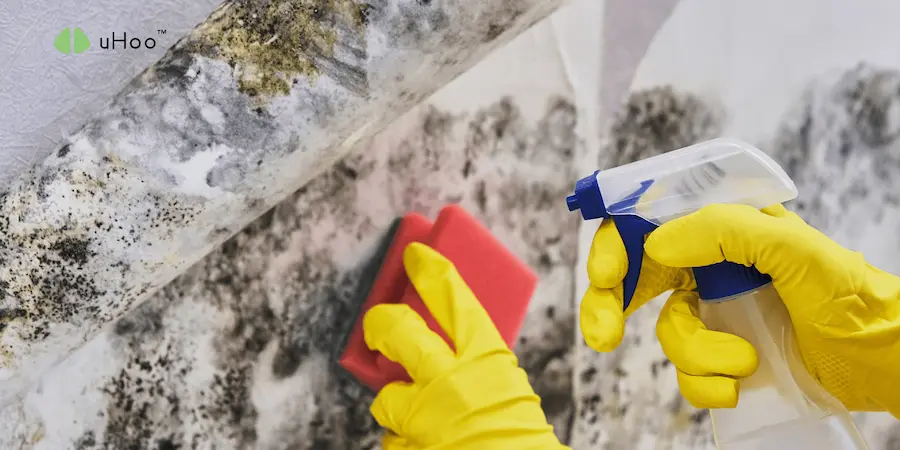Mold thrives in damp environments, and its presence often manifests as a distinct musty or earthy smell. This odor is produced by the mold itself as it releases microscopic spores into the air.
Mold can grow in hidden areas like behind walls, under carpets, in attics, and even within the insulation. Leaks from pipes, roofs, or appliances can create damp conditions that encourage mold growth. Inadequate ventilation can trap moisture, creating a humid environment that fosters mold growth. Overflowing gutters can saturate the soil around your foundation, leading to increased humidity and potential mold problems.
Mold exposure can trigger a range of health problems, including allergies, asthma attacks, and other respiratory issues. Musty odors can indicate hidden mold growth in areas you may not immediately see, requiring further investigation and potential remediation. Mold growth can cause significant damage to your home, weakening building materials and potentially leading to structural issues.
Preventing Mold Growth
- Address Moisture Sources: Repair leaks promptly, improve ventilation with exhaust fans, and address any drainage issues.
- Control Humidity: Use dehumidifiers to reduce excess moisture, especially in damp areas.
- Regular Cleaning: Clean and disinfect areas prone to mold growth, such as bathrooms and kitchens.
- Improve Ventilation: Utilize exhaust fans in bathrooms, kitchens, and laundry rooms.
- Regular Inspections: Regularly inspect your home for signs of water damage or mold growth.
- Monitor with uHoo: To proactively identify potential mold issues, consider using a uHoo air quality monitor. By monitoring for changes in humidity, temperature, and other environmental factors, uHoo can help you detect potential mold problems early on and take steps to mitigate the risk.
The uHoo Mold Index can also teach you more about mold, its risks, and how to prevent it to begin with so you never have to worry about mold growth.



